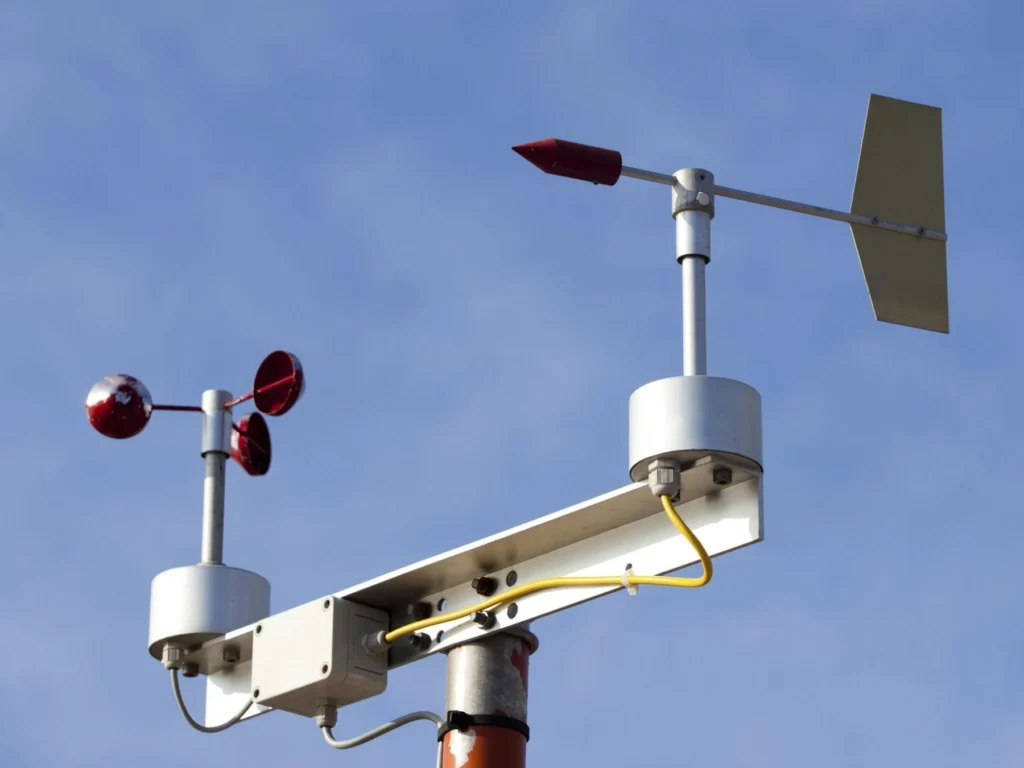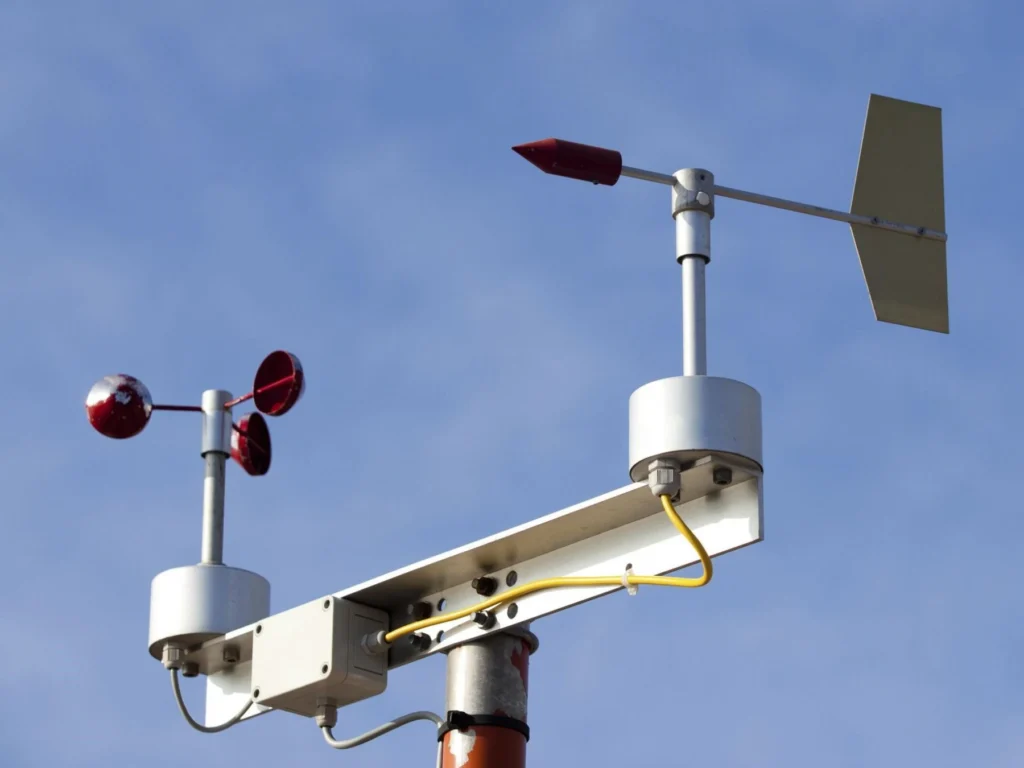
# Anemometer: The Instrument for Measuring Wind Speed
Wind speed is a crucial factor in various fields, from meteorology to aviation, and even in everyday activities like sailing or kite flying. To accurately measure wind speed, scientists and engineers rely on a specialized instrument known as an anemometer.
## What is an Anemometer?
An anemometer is a device designed to measure the speed of wind or any other gas flow. The term “anemometer” is derived from the Greek word “anemos,” meaning wind, and “metron,” meaning measure. These instruments are essential tools in weather stations, research facilities, and even in industrial settings where airflow needs to be monitored.
## Types of Anemometers
There are several types of anemometers, each with its own method of measuring wind speed:
– Cup Anemometers: These are the most common type and consist of three or four cups mounted on horizontal arms. The wind causes the cups to rotate, and the speed of rotation is proportional to the wind speed.
– Vane Anemometers: These devices use a propeller or a wind vane to measure wind speed. The vane aligns itself with the wind direction, and the propeller’s rotation speed is measured to determine wind speed.
– Hot-Wire Anemometers: These anemometers use a thin wire heated to a constant temperature. The wind cools the wire, and the amount of cooling is used to calculate the wind speed.
– Ultrasonic Anemometers: These advanced devices use ultrasonic sound waves to measure wind speed and direction. They are highly accurate and are often used in research and high-precision applications.
## How Does an Anemometer Work?
The working principle of an anemometer depends on its type. For example, in a cup anemometer, the wind pushes the cups, causing them to rotate. The rotation speed is then converted into an electrical signal, which is processed to display the wind speed. Similarly, in a hot-wire anemometer, the cooling effect of the wind on the heated wire changes its electrical resistance, which is then measured to determine wind speed.
## Applications of Anemometers
Anemometers are used in a wide range of applications:
– Weather Forecasting: Meteorologists use anemometers to gather data on wind speed, which is crucial for weather predictions.
– Aviation: Pilots and air traffic controllers rely on anemometers to ensure safe takeoffs and landings.
– Environmental Monitoring: Anemometers are used to monitor wind patterns and their impact on the environment.
– Industrial Applications: In industries where airflow is critical, such as HVAC systems, anemometers are used to ensure optimal performance.
## Conclusion
Anemometers are indispensable tools for measuring wind speed, providing valuable data for various applications. Whether it’s for predicting the weather, ensuring safe flights, or optimizing industrial processes, the anemometer plays a vital role in our understanding and utilization of wind. As technology advances, we can expect even more accurate and versatile anemometers to be developed, further enhancing our ability to measure and harness the power of the wind.
Keyword: instrument to measure wind speed

Comments are closed